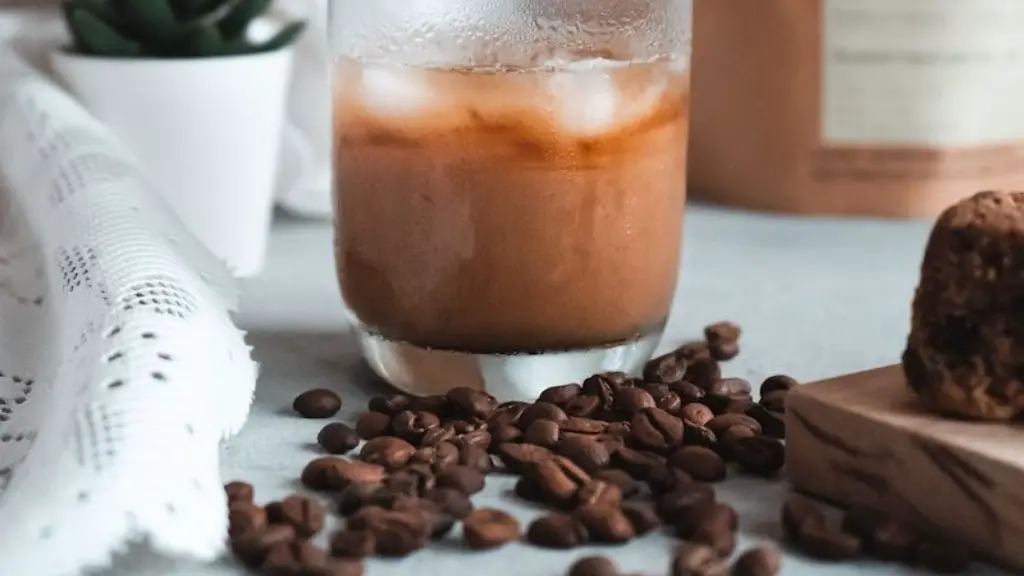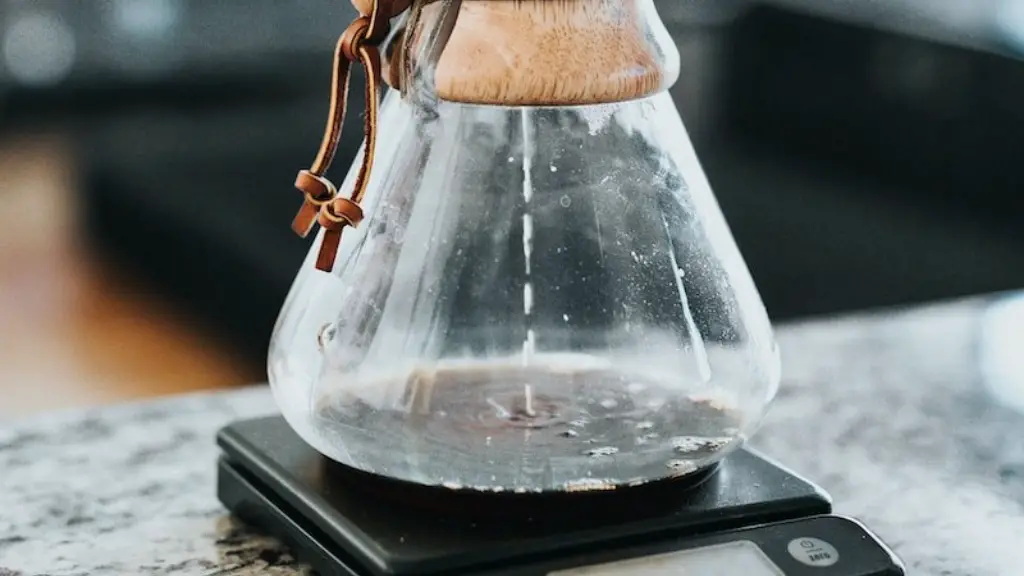Section 1: Reducing Staining
Coffee is one of the most popular beverages in the world, but unfortunately, it can also stain teeth if consumed without proper cautions. To reduce staining, among other things, drink coffee through a straw, brush your teeth immediately after drinking coffee and modify the amount of sugar and cream you are adding to your coffee cup. If you find that your teeth are still becoming stained, you can opt for a naturally-sweetened variety of coffee instead of adding sugar. Also, instead of cream, try to use milk for creamier coffee.
You may want to try to rinse your mouth with water after drinking coffee. Swishing water in your mouth for 30 seconds will help to lift away any residual staining particles, especially if you limit yourself to one cup of coffee a day. You can also try to brush your teeth with a toothpaste that targets staining, or a whitening toothpaste. Recent studies have shown that using a tooth-whitening toothpaste at least a few times a week can noticeably whiten teeth in a matter of months.
Section 2: Professional Teeth Whitening
If you’re looking to whiten your teeth quickly and effectively, you may want to consider getting a professional teeth whitening procedure. This is a relatively inexpensive option compared to other cosmetic dental procedures, and can clearly whiten tooth surfaces by several shades in one visit.
Through professional teeth whitening, bleaching agents are applied directly on the teeth with a dental tray. Customised trays are recommended for better and more comfortable fit for the user, and to reduce the chances of accidentally bleaching the gums. After the tray is fitted, the whitening agent is applied on the tray and fitted on the mouth. It is then left for a few minutes before being rinsed off. Depending on your desired results and the condition of your teeth, multiple sessions may be needed to obtain the best results.
Section 3: Regular Maintenance
The key to keeping your teeth looking white in the long term is regular maintenance. This means brushing properly twice a day and flossing at least once a day. Also, scaling and polishing your teeth annually at your dentist, as well as regular check-ups and professional cleanings, will ensure that your teeth stay clean, healthy and bright. However, if you have to have minor restorations such as veneers and crowns, your dentist might also advise you on how to keep them looking clean and white.
If you choose to drink coffee, make sure that you brush your teeth within two hours afterwards, since this is the maximum time limit for removing the residues from the coffee. Additionally, it is recommended that you use an alcohol-free mouthwash which will help to neutralise acids released by the bacteria in your mouth that can cause staining. Changing to a whitening toothpaste can also help.
Section 4: Dietary Considerations
In addition to practice good oral hygiene to protect your teeth from discolouration, you may want to steer clear of certain foods that may be prone to staining your teeth. Foods like blueberries, red sauce and chocolate can all stain your teeth if consumed in excess. Also, it is important to limit your intake of acidic foods and drinks, like soda, as these can erode the enamel and lead to discolouration.
It is also recommended to rinse your mouth out with water after every meal to help remove any staining agents that may be present in your food. The longer the food or beverage stays in contact with your teeth, the more likely it is to cause staining.
Section 5: Alternative Whitening Solutions
If you’d like to try a more natural approach to teeth whitening, there are a few alternatives that may be beneficial. Coconut oil pulling is one such option. This technique involves swishing coconut oil in your mouth for 20 minutes and then spitting it out. This process helps to naturally remove plaque from your teeth, leading to a cleaner and whiter appearance.
You can also try using baking soda mixed with a few drops of lemon juice or hydrogen peroxide. Rub this mixture on your teeth for a few minutes, then rinse with water and brush with toothpaste afterwards. This natural remedy will help to remove surface stains, and can be used once or twice a week.
Section 6: Professional Whitening Kits
For those looking to purchase their own teeth whitening kit to use at home, there are professional whitening kits available. These kits usually contain whitening gels or strips that are to be directly applied to the teeth, and they usually come with instructions on how to properly use them. Professional whitening kits are often a preferred option because they provide better results than using over-the-counter whitening products. Additionally, these kits can provide results that are on par with the results of a professional teeth whitening session.
When using a professional whitening kit, it is important to read the instructions carefully and follow them, as some products may cause greater tooth sensitivity or damage than others. This can be avoided if you follow the instructions closely and use the product only as often as directed.
Section 7: Natural Remedies
If you’d prefer to go the natural route when it comes to teeth whitening, there are plenty of natural remedies that you can take advantage of. Strawberries and apples, for example, contain natural bleaching agents that help to remove surface stains, and can be used as an effective teeth whitening remedy when mixed with baking soda.
Another natural option is to brush your teeth with activated charcoal, which is a natural teeth whitener and cleanser. Charcoal helps to absorb plaque and toxins, and has been known to help whiten teeth in as little as one use. Additionally, there are numerous toothpastes on the market that contain natural whitening agents such as charcoal, coconut oil and hydrogen peroxide.
Section 8: Products to Avoid
When it comes to teeth whitening, certain products should be avoided in order to minimize the risk of damage. Avoid using mouthwash or toothpaste that contain hydrogen peroxide or carbamide peroxide, as these chemicals can be dangerous when used in excess. Additionally, over-the-counter whitening products like whitening strips and trays should also be avoided, as these can cause gum and tooth sensitivity.
If you’re looking for a simple, natural and safe way to whiten your teeth, opt for toothpastes that contain natural whiteners such as charcoal and coconut oil. Additionally, avoid finely milled or processed sugars, as these can also cause staining. Instead, try to use natural sweeteners such as honey and maple syrup.


